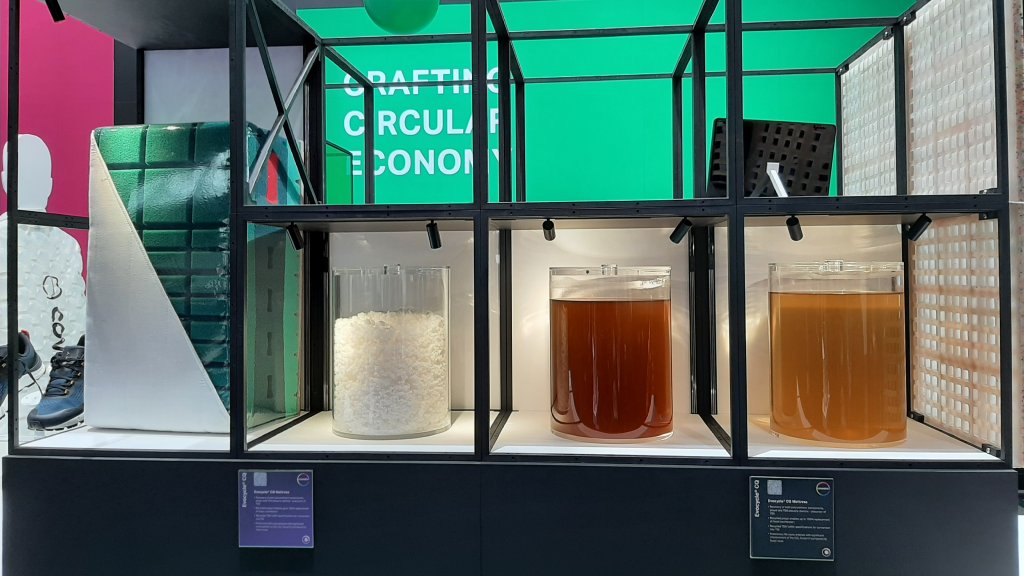Every year, Belgians discard a million mattresses, which end up in landfills and incinerators. The European Union wants to recycle and reuse at least 55% of household waste, including mattresses, by 2025, while Belgium has decided to phase in mandatory recycling from 2021. In this context, we can better understand the interest of the polyurethane foam producers Recticel and Covestro in a research project carried out over the past four years: in collaboration with KU Leuven, Ghent University and recycling partners, they developed A process by which new polyurethane foam can be recreated from old mattresses.

This type of foam is used to “fill” most mattresses sold around the world, competing with polyether foam and latex. Compared to other existing recycling methods, their new technology has the dual advantage of allowing all the foam to be recycled continuously and completely eliminating the need to recreate new “fossil” plastic components, creating a fully circular process.
How does it work? You have to first collect mattresses, sort them, and then disassemble them by separating the different polyurethane (PU) families. These foams are then chemically broken down, on the one hand to break down polyols, and on the other hand to break down toluene diamine (TDA), which is the raw material for toluene diisocyanate (TDI). Polyols and toluene diisocyanate are the basic raw materials for two polyurethane foams. The pilot plant established by Covestro in Leverkusen, Germany, is proving that there is a way to do this with high purity and high yield.
TDA was post-processed to TDI in a pilot plant, which made possible the remanufacturing of polyurethane foam. Recticel and Covestro explained in a press release: “The process does not use polyols of fossil origin and only requires pre-sorted mattress waste foam, glycol and additives. After reprocessing, they can be repeated as often as required.” use, for the production of new flexible polyurethane foams.”
The project called “PUReSMART” has been successful with financial support from the European “Horizon 2020” program. The project’s promoters are already talking about recycling about 220,000 tonnes of polyurethane foam a year from waste treatment centers to supply factories like Recticel, reducing the carbon footprint by “at least 30%” and creating 20 jobs for each batch of 6,000 tonnes recycled Chance.
scale problem
All that’s left is to repeat the same thing on a larger scale, without winning yet. “We want to achieve this within this decade, but no decisions have been taken because the problem of accessing these materials remains to be resolved,” said Karin Clauberg, project manager at Covestro.
“Belgium, the Netherlands and France have established collection systems for used mattresses. But other member states should follow suit, and collections should be done across Europe if we want to get enough volume,” said Bart Haelterman, director of research and development at Recticel. Not really, and the result is that most mattresses go on to incinerators. As far as Covestro, Recticel and their partners such as RedWave, Weylchem or Ecoinnovazione are concerned, they are ready for further development after this problem is solved.
Baert Haelterman added: “We expanded to other polyurethane products, such as car seats and furniture, but it turned out that they would be more difficult to disassemble. However, this would triple or more the production volume.”
Coincidentally, a few days ago, the French group Veolia and Recyc-Matelas Europe announced that they had developed a complete solution for mattress recycling: based in Sombreffe, their joint division uses an automated sorting process, each year 500,000 mattresses can be processed and then used in other industries, such as insulation, sports pads, seat pads, etc. Unlike the recycling method used by Recticel and Covestro, the two companies use mechanical recycling instead of chemical recycling.


